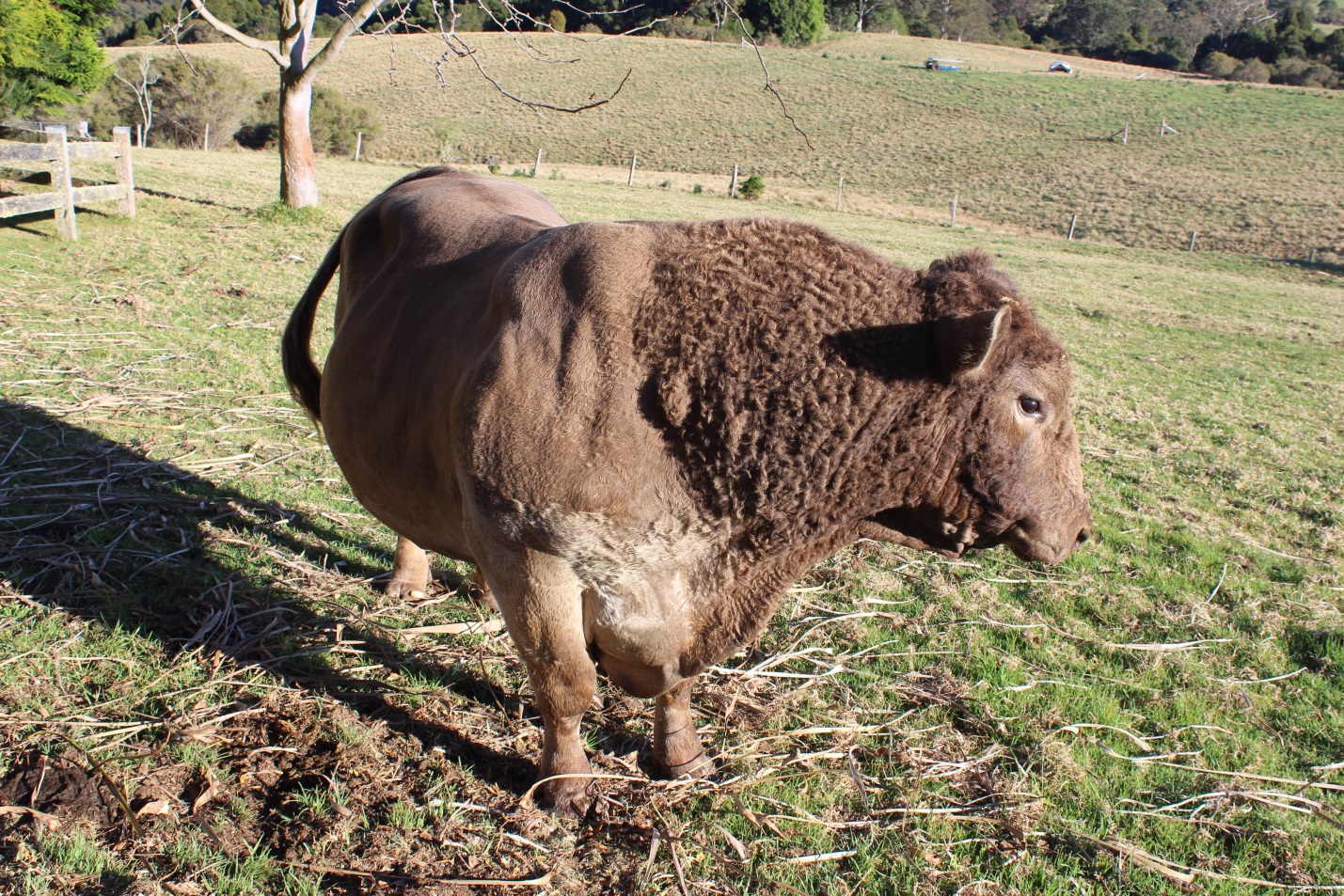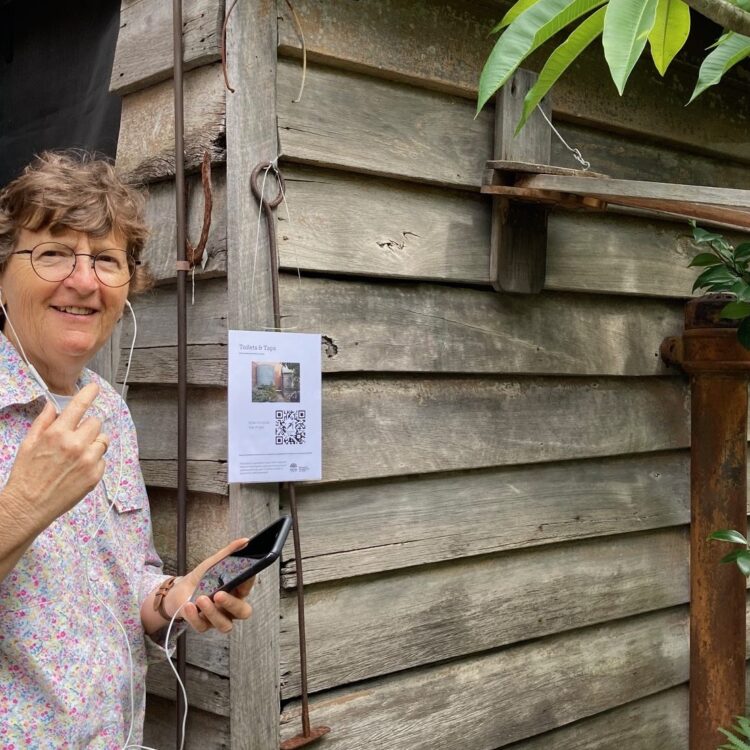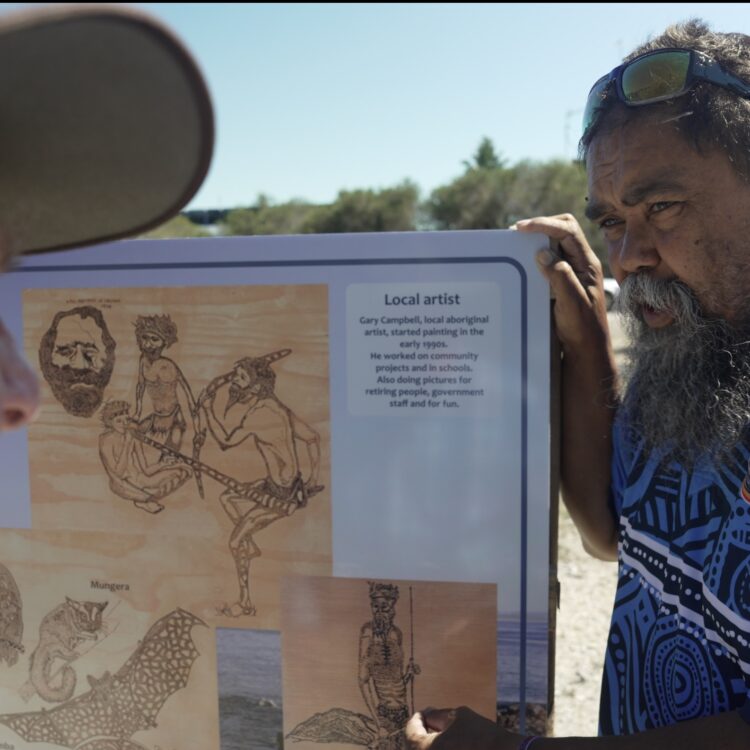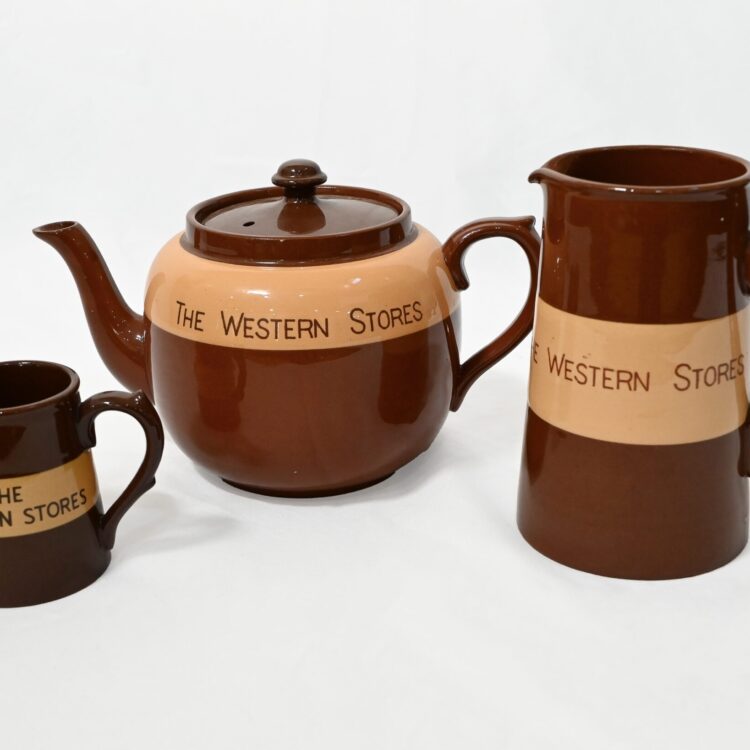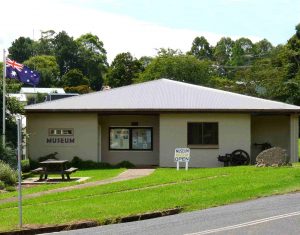Welcome to ‘An hour’s flying visit’. This is a series of articles we have put together to allow you to dip in and out of some of the best small museums in regional NSW. If you love to be surprised, have an interest in old wares, local heroes and the eclectic then these museums will put a sparkle in your eye. They are all about the short visit – for when you need a driving break, after a coffee or just as you are travelling through. Stop for a bit and taste some of the local cultural fare. Museum fare, that is!
Before we introduce you to the Dorrigo Museum we must explain the name. This little museum hunkered on the corner of Myrtle and Cudgery Streets is formally called the Don Dorrigo and Guy Fawkes Historical Society Museum.
It’s probable that 'Don Dorrigo' is a variation of Dundurriga (Gumbaynggirr for Stringybark) like many other NSW towns which are variations of the Aboriginal names of local country.
Curiously named, the origin is still in dispute. An article in the Sydney Morning Herald on February 8, 2004 says of the name Dorrigo: “Over the years there has been some truly wonderful controversy about the naming of Dorrigo. For decades the official version was “At this time Major Edward Parke explored the Dorrigo Plateau planning to settle there. Major Parke had fought in the Peninsula Wars under a Spanish General named Don Dorrigo. He decided to honour this Spanish General by naming the eastern section of the plateau ‘Dorrigo’.”
Sound feasible? It’s probable that ‘Don Dorrigo’ is a variation of Dundurriga (Gumbainggirr for Stringybark) like many other NSW towns which are variations of the Aboriginal names of local country. The “Guy Fawkes” part of the name comes from an area to the west of Dorrigo which was settled by squatters. They named the area after Guy Fawkes as they were camped there on Guy Fawkes Night. Simple really.
The Museum collection includes around 2000 photographs and a wide range of objects that have been sourced from the surrounding district, and numerous stories of life during the development of the area, especially in relation to grazing in the west and dairying and timber in the ‘Bostobrick Scrub’.
The museum volunteers are actively recording local stories and have uploaded a range of vimeos and postcards about local events and identities to ABC Open and this is one of our favourites.


